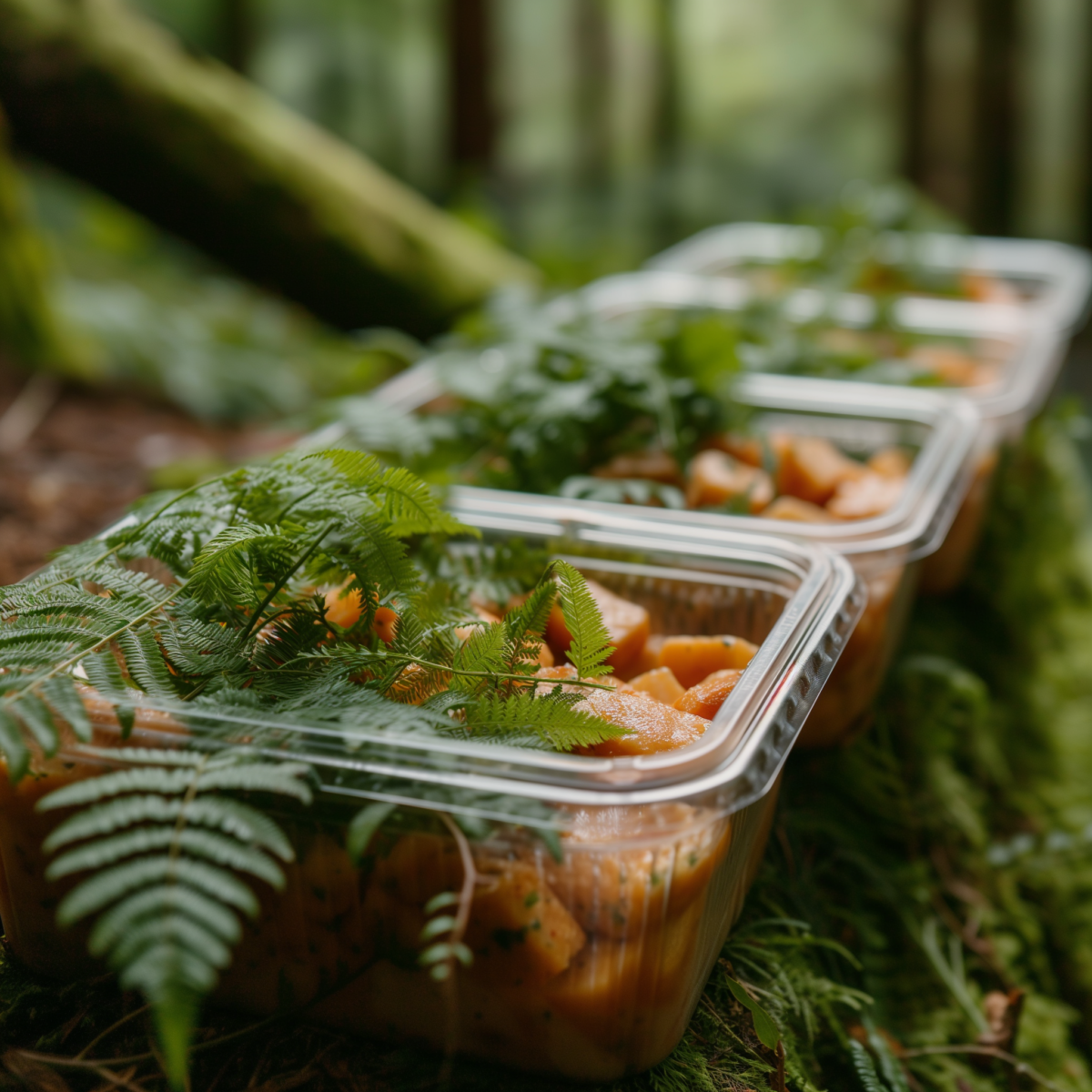GO GREEN
ZEROWASTE BACKGROUND
Go Green is not just using alternatives to plastics or an attempt to do without it. Instead it should be how we make use of smarter solutions to solve the situation at hand.
The 4th R
Going a Step Further
As International, national and local efforts have been put into good use to implement the 3Rs (Reduce, Reuse and Recycle). We as a manufacturer have adopted the 4th "R" of Rethink into how we approach solutions.
Rethink
To enable us to do this a keen and developed understanding of forward thinking solutions has to be in place. With CJF you can be assured we have done exactly so; not only to adapt to the changing tide of "Greener" solutions but to be part of the solution for solving the environmental impact of our past practices.

THE PROBLEM
Photo-degrading only breaks down plastics in size. Essentially nothing is really solved rather more problems created.
DEVELOPING MEANS
Creating plastics that are bio-degradable are the key way to solve this plastic problem instead of how we manage it now.
OUR SOLUTION
At CJF we have adopted a solution utilising oxo-biodegradable materials creating end products that completely breakdown.

In the Pacific Ocean, there is a floating garbage dump of sorts that is reportedly twice the size of France. The water in the area is extremely saturated with suspended plastic particles that form as the accumulated plastic waste breaks down.
Food, paper, metal and wooden items, when dumped in landfills or carelessly tossed out at sea, will decompose or break down into materials that make their way back into the ecosystem. Not so for plastic, which normally takes anything from 40 to 400 years to break down as they essentially break down into smaller sized plastics. Such plastics photo-degrades rather than bio-degrades, as it breaks down into smaller pieces, chips, shreds, granules and eventually plastic dust with prolonged exposure to light. Animals, birds and marine life are at serious risk from plastic pollution in their natural environments — they mistake these plastic pieces for food, and may die or suffer from poisoning or blockages in their digestive systems. Even humans are in danger as such particles are consumed in the food we eat.

All plastics are organic compounds produced by polymerisation. Hydrocarbon plastics comprise only carbon and hydrogen, while heterochain polymers may contain oxygen, nitrogen, or sulphur.
Normal plastics can take decades, and even 1,000 years to break down. Imagine this: The vast majority of the plastic produced since the material’s invention about 150 years ago, have still not degraded! If not incinerated or recycled, plastic waste may continue sitting in landfills and compost piles — or as litter on land and sea — for the next couple of or even centuries.
Biodegradable plastics are crucial in the quest to reduce the burden of persistent plastic waste in the environment. These are plastics that can be broken down into their organic elements by biological agents (micro-organisms bacteria, algae, and fungi). Instead of remaining in their original or photo-degraded forms of plastic shreds and dust for decades on end, they are completely broken down within a matter of weeks, months or years.

CJF International’s bio-compatible plastics are oxo-biodegradable, meaning that the plastic degrades as a result of oxidation, and are biodegraded by microbes, either simultaneously or successively. The end products are completely safe: water, carbon dioxide, biomass (assimilated into the cells of the micro-organisms), and trace elements. No heavy metal residues or toxins are produced.
Chemically ‘programming’ the plastics lets us control the timeline of the oxo-biodegradation process. The d2w™ additives used include stabilisers that ensure the plastic retains all its useful qualities and the products have an adequate shelf life. Only after the pre-determined service life of the product does the catalytic effect of the d2w™ additive kick in, triggering the oxidative degradation.
Furthermore, oxo-biodegradable plastic is probably the lowest cost environmentally-targeted technology.




